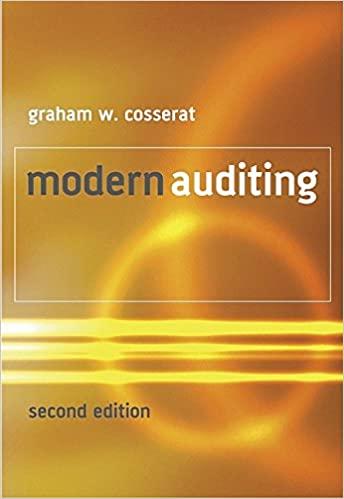 ***** This entire one is a single question, and it is a practice question NOT an test question at all! that too I need to to check my work, as I am a little confused. I desperately need some help with this please *****
***** This entire one is a single question, and it is a practice question NOT an test question at all! that too I need to to check my work, as I am a little confused. I desperately need some help with this please *****
3. Analytic Question on Consumption Decisions during the Pandemic (40 Points). The two figures below show the behavior of household spending and savings during the pandemic - the "quantiles" only represent groups of people grouped by wealth. Panel (a) describes the behavior of spending and panel (b), the behavior of savings. Notice that the figures shows that households were saving a lot during the pandemic even though their income was temporarilly low. Fact: income fell dramatically during the pandemic but, to the surprise of many, total savings increased. In this question, you are asked to use the economic intuition you've build to explain what is going on to a non economist: To answer this question, we use an analogy. Assume r is taken as given in this question. Consider a consumer with the following objective: U(c1,c2)=max{c1,c2}21c1+2c2 subject to the following budget constraints: The time 1 budget constraint: and the time 2 budget constraint: c2=y2+(1+r)a. Answer the following questions. (40 points) For all the questions below, assume (1+r)=1 and let r=0.05. a. (5 points, easy) Substitute out a from both budget constraints, the one at time 1 and time 2 , to write a single intertemporal budget constraint. b. (5 points, easy) Show that the Euler equation (the equation that relates the marginal utility of consumption to the interest rate and the discount factor , implies: c1=c2. Is constant spending consistent with what you see in the picture, prior to the day of the national emergency? Hint: form the Lagrangean of this problem, using your answer in (a). Then, obtain the first-order conditions and combine them. After you replace (1+r)=1, you should obtain the answer. c. (5 points, easy) Suppose that at time 1, before the household consumes c1, they are not aware that the pandemic will take place. If there had been no pandemic y1=y2=100. Compute c1 and c2, by replacing c2=c1 into the intratemporal budget constraint. d. (10 points, moderate) In this question, suppose households now learn about a global pandemic before they choose c1. If there had been no pandemic y1=y2=100, but now they know that y1 will fall by 20%. Follow the previous steps and compute the actual amount of c1 after you consider the drop in y1 in the intertemproal budget constraint. What will happen with c2 ? Will c2 decrease relative to what would have happened without the pandemic? By how much? Explain graphically (by drawing an indifference curve and the intertemporal budget), what is going on. e. (15 points, harder) Suppose now that at time 1, before the household consumes c1, the pandemic occurs . As a result, household are told that they should be careful when consuming in period 1, because they should stay at home. As are result of their health considerations, their utility now changes to a new utility: U(c1,c2)=max{c1,c2}2c1+2c2. The idea is that
 ***** This entire one is a single question, and it is a practice question NOT an test question at all! that too I need to to check my work, as I am a little confused. I desperately need some help with this please *****
***** This entire one is a single question, and it is a practice question NOT an test question at all! that too I need to to check my work, as I am a little confused. I desperately need some help with this please *****





